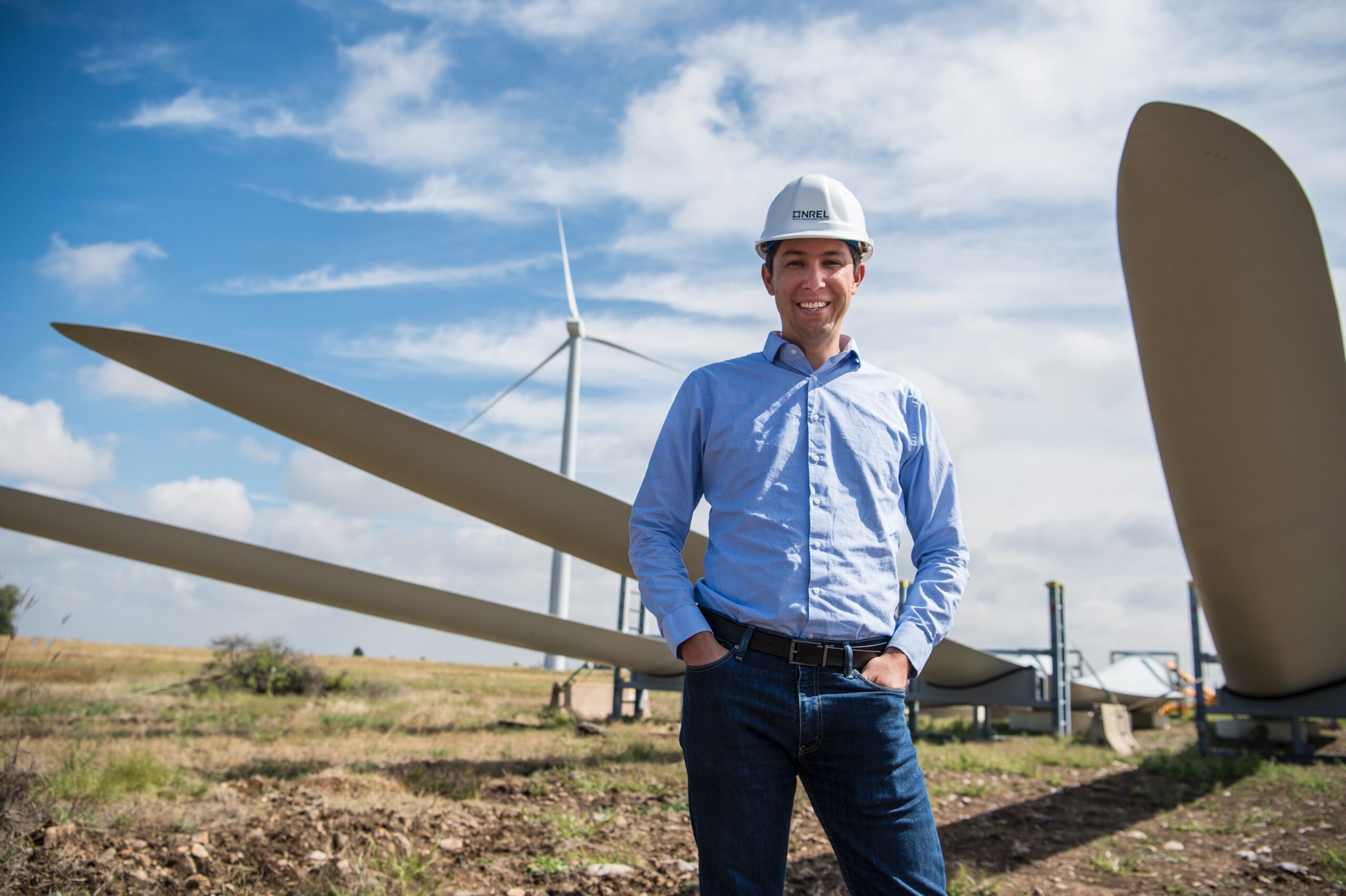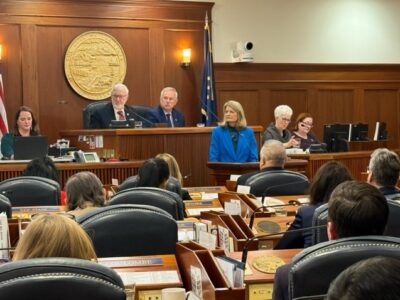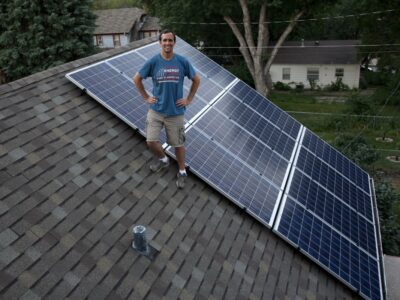One of the keys to cleaner energy is figuring out how to wade through logistical challenges that make it difficult to harness the power of renewable energy sources such as the sun, wind, and water. In Maine, those challenges include ocean waters that are too deep to anchor offshore wind turbines to the seabed. As it turns out, the answer is not only blowing in the wind – it’s also floating on the water.
Earlier this month, developers in Maine announced a $100 million investment in a floating wind turbine project that should provide a big boost to the state’s renewable energy program which could drive hundreds of new jobs to an already growing sector of the economy. The project actually started more than a decade ago at the University of Maine, but it needed a new infusion of funding to reach the finish line. That infusion will be provided by New England Aqua Ventus LLC (NEAV), a joint venture between Diamond Offshore Wind and RWE Renewables.
Under the current plan, the project will include a single semi-submersible, concrete floating platform (the hull) as well as a 10- to 12-megawatt commercial turbine. It will be located 14 miles from the Maine coast. The turbine will supply power to the mainland through a 20-year purchase agreement with Central Maine Power.
NEAV will own the project and also manage its development from the permitting and building stages through its eventual deployment and operation. The floating turbine should be completed in 2023, according to the University of Maine, which has spent the last 12 years trying to develop a floating hull that’s stable enough to hold a wind turbine.
“We really can’t have offshore wind without floating,” Habib Dagher, executive director of the University of Maine’s Advanced Structures and Composites Center, said in a recent interview with Energy News.
According to the University of Maine website, the purpose of the project is to, “further evaluate the floating technology, monitor environmental factors and develop best practices for offshore wind to coexist with traditional marine activities.”
The project’s design is based on segmental bridge construction technology. Turbines will be attached to a floating hull anchored to the seabed with cables. University officials reckon the technology can support turbines in waters 45 meters deep or more.
Offshore wind has made great progress among renewable energy sources, especially in the United States. A recent report from the Global Wind Energy Council ranked the U.S. third for offshore wind projects expected to go online by 2030.
Government officials from both parties in Maine have made wind power a major priority in the state’s overall goal to reach 100% renewable energy. Last year, Democratic Governor Janet Mills led an initiative to identify opportunities for offshore wind development in the Gulf of Maine, while Republican Senator Susan Collins introduced the Wind Energy Research and Development Act to increase grants and support the wind and alternative energy industries.
One advantage of the floating turbine project is that the hull can be produced locally, which means more jobs for Maine residents. A 2013 economic analysis by University of Maine economist Todd Gabe estimated that the project could produce as many as 475 jobs a year over the three-year construction period. That would add to recent growth in Maine’s total wind industry employment, which nearly doubled to 2,000 in 2019 alone, according to the American Wind Energy Association.
Despite its relatively small size, Maine ranks 22nd in the U.S. in installed wind power capacity, with 923-megawatts (mw) of capacity and 386 turbines. Although solar power gets most of the attention in terms of renewable energy sources, wind power usage in Maine has made great strides in recent years. According to the American Wind Energy Association:
• The U.S. wind industry added 9,132 mw of new wind capacity in 2019, the third-strongest year ever for new installations. Another 1,821 mw were added during the 2020 first quarter.
• There are now nearly 60,000 wind turbines with a combined capacity of 107,443 mw operating across 41 states, Guam and Puerto Rico.
• U.S. wind power has more than tripled over the last decade.
• Wind energy generated 7.2% of the nation’s electricity in 2019, enough to power 27.5 million homes. It produces more than 20% of the total electricity in six different states.





